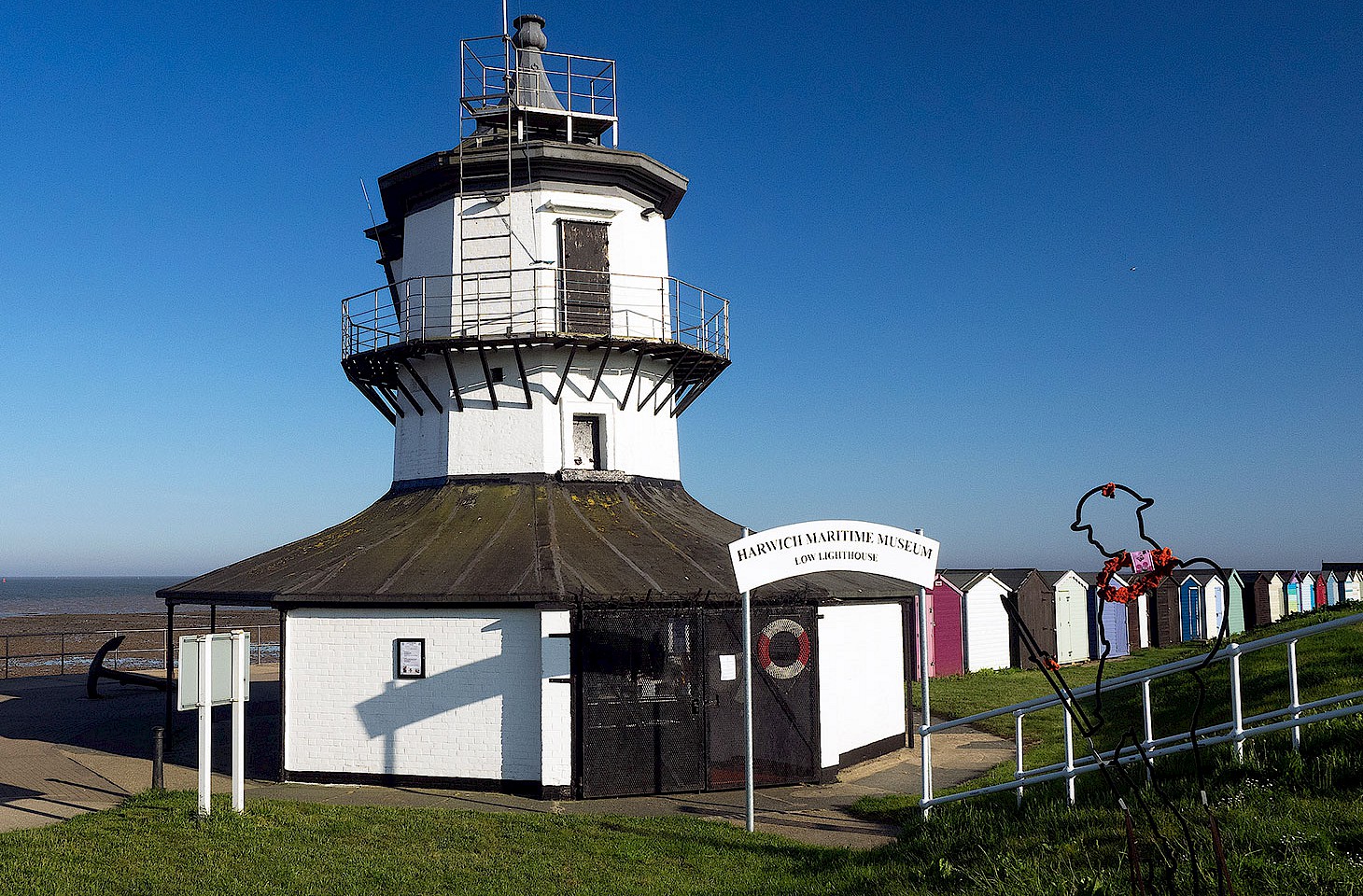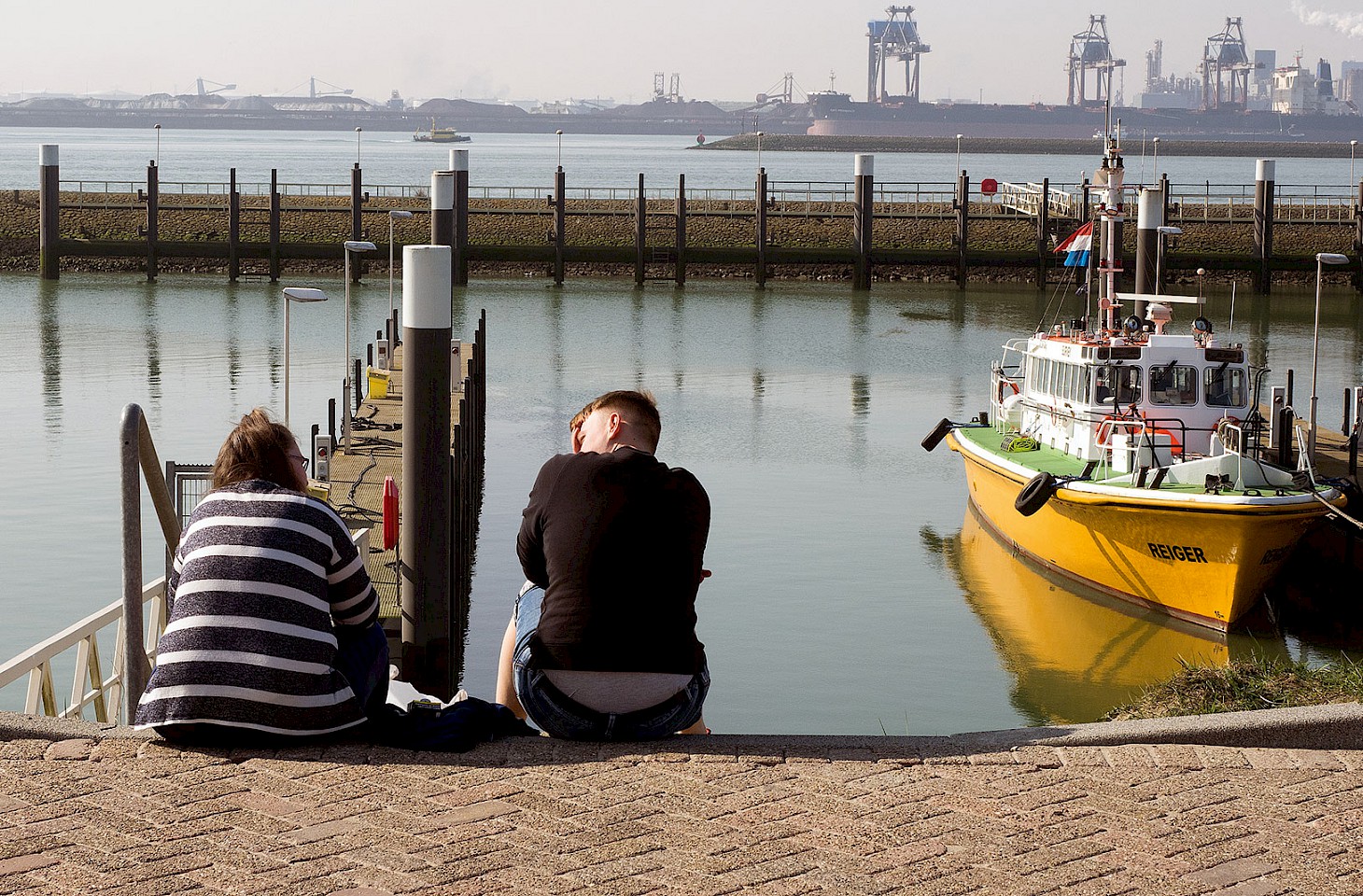Dear fellow travellers
These winter days would be perfect for walking through the flatlands of Holland. In fact, we can just imagine ourselves plotting a route from Bovenpolder, making tracks west through brooding earth and ice to Wormerland. The truth of course is that our only walking these days is pretty close to home, but doubtless there are a few Dutch walkers out and about in Wormerland.
There’s a village there we really like. It’s called Jisp. It is one of those long straggly places where you see cloudscapes just like those in the paintings of Jacob van Ruisdael - the Dutch artist who was born in Haarlem, which is only about a dozen kilometres away to the south-west.
Jisp is surrounded by watery meadows - an area that can be delightfully green in summer but a landscape with a more sullen demeanour in these winter days. There are broad horizons, with the high buildings of Amsterdam easily visible in the distance. Oil refineries and factories on the horizon, attended by the occasional plane slipping down towards the runway at Schiphol.
Even in Wormerland, in one of the most densely populated parts of Europe, there is a real sense of being in the countryside. Jisp is rooted, calm, peaceful, a haven of quiet in the shadow of a big city - a village that might not have changed for centuries.
You’ll be surprised. Jisp was once an important Dutch port. The ingenuity of Dutch diggers and drainers has transformed the landscape of North Holland. No longer does Jisp have access to the sea, but from the mid-17th century this community played a major role in the whaling industry.
There was a cartel among Dutch whaling interests called the Noordsche Compagnie which was disbanded in 1642. This was Jisp’s chance to enter the whaling market and entrepreneurial sea captains from Jisp were quick to seize the opportunity. Initially, they processed their catch on an island off the north-west coast of Spitsbergen in the High Arctic. But they quickly discovered that they could extend the hunting range by dispensing with the Spitsbergen base and creating a proper whaling station at Jisp. Whaling was no longer confined to inshore locations. And, Jisp, like a number of other small ports north of Amsterdam, developed processing plants.
Numerous whale oil factories dotted the area around the village. The whale oil was in much demand for lamps, but it was also processed for use in soap and shoe polish. The huge whale bones were left to dry in the summer sun. They were a source of bone oil, a lubricant much valued by Dutch watchmakers.
Today, there is an air of quiet prosperity about Jisp. The village’s handsome Dutch Lutheran church and well-appointed villas, some of the latter once the homes of sea captains, hint of a community that once punched far above its weight in global trade. Vessels from Jisp sailed to the seas off eastern Canada, stopped off in Greenland and ventured into Arctic pack ice. Scenes from those northern voyages are nicely captured in the paintings of the Dutch artist Abraham Storck. Meanwhile industrial scenes from Jisp and other whaling villages north of Amsterdam were recorded on Delftware porcelain - a curious choice of subject for a dinner plate.
Under sombre winter skies, the footpaths by drainage ditches and the meadow trails of Wormerland provide respite from the heady pace of life in Amsterdam. It’s a watery escape in the hinterland of the city that comes with an unexpected dose of Dutch maritime history.
Nicky Gardner and Susanne Kries
(editors, hidden europe magazine)



